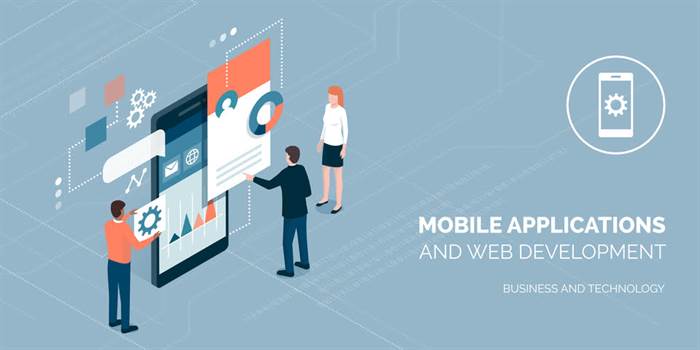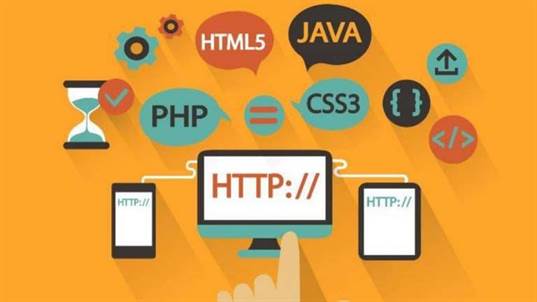However, it’s important to thoroughly plan and test the migration to ensure data consistency and compatibility. If you’re looking to make a clean start, the evidence leans slightly toward SQL Server. Microsoft is building momentum in the cloud with Azure, while also embracing open-source and ecosystems like Linux. What’s more, SQL Server has a better toolset and arguably better performance.
- Relational databases use Structured Query Language to store and retrieve data.
- T-SQL includes additional support for strings and data processing, local variables, and procedural programming.
- Two of the most popular MySQL storage engines are InnoDB and MyISAM.
- This means PostgreSQL offers more complex data types and allows object inheritance, though it also makes working with PostgreSQL more complex.
- You want complete compatibility with SQL Server instance and OS-level access to install 3rd party applications/tools and extend your on-premise deployments to the cloud.
For example, PL/SQL, which is an Oracle extension to standard SQL, and PL/pgSQL, which is a PostgreSQL extension to SQL. VACUUM and ANALYZE are the two most important PostgreSQL database maintenance operations. A vacuum is used for recovering space https://globalcloudteam.com/tech/ms-sql-server/ occupied by “dead tuples” in a table. Synonyms provide a layer of abstraction that protects a client application from changes made to base objects. A synonym belongs to a schema, and like other objects in a schema, its name must be unique.
Azure SQL vs SQL Server
Developers use these technologies to build web applications that require complex database interactions, such as e-commerce sites, social media platforms, and content management systems. MySQL was one of the earliest open-source RDBMS to be ever developed and launched. However, the basic syntax of all the variations remains the same.

Data definition language used to create, drop, alter, and truncate in database. Both MySQL and SQL servers can execute high-performance workloads. They include feature-rich client applications and provide a seamless experience. But in terms of security, the SQL server is more secure than the MySQL server.
What Is the Difference Between SQL and SQL Server?
The selection list must not contain any window function any aggregate functions or any set-returning function. Snapshot replication, for when data is updated infrequently or does not need to be changed incrementally, where data is duplicated exactly as it appears at a specific moment. SQL Server has the geography data type for storing geographic spatial data. Connect and share knowledge within a single location that is structured and easy to search.

SQL Server has managed to make a mark as a database management system with its wide range of applications and tools that simplify working with data. Its comprehensive graphical user interface allows intuitive and easy work with the database while allowing you to generate statistics for your reports. MySQL allows other processes to access and manipulate database files at runtime. However, MSSQL does not offer access and manipulation of its managed files.
What are Non-Relational Databases (NoSQL)?
While it has a lot of variants, they are not too different in terms of syntax and basic functionality. DynamoDB supports various data models, including key-value and document-oriented models, offering flexibility in structuring and querying your data. Firebase databases can be a good option to consider when your software deals with real-time data that needs to be synchronized between different browsers and devices. They are often chosen for such projects as messaging apps, social media apps, and gaming apps. When handling request or response data, Elasticsearch DBMS lags behind.
What Is the Difference Between Clustered and Non-Clustered … – MUO – MakeUseOf
What Is the Difference Between Clustered and Non-Clustered ….
Posted: Sat, 31 Dec 2022 08:00:00 GMT [source]
Additionally, it allows users to define their own data types. MySQL, on the other hand, is a popular open-source relational database management system that uses SQL as its query language. It is widely used in web applications to store, manage, https://globalcloudteam.com/ and retrieve data. MySQL is often used in conjunction with PHP and other programming languages to build dynamic websites and web applications. SQL is the standard language used to manage and manipulate data in relational databases.
What is a Relational Database?
The good news is that both MySQL and SQL Server offer a free tier for users with less demanding IT requirements. This means that whether you go with MySQL or SQL Server, your choice of database solution needs to mesh well with your existing workflow. A graduate in MS Computer Applications and a Web Developer from India with diverse skills across multiple Web development technologies. Enjoys writing about any tech topic, including programming, algorithms and cloud computing. Traveling and playing video games are the hobbies that interest me most. By learning SQL, you will be able to work on most of the popular database systems.
When it comes to procedural language features, both PostgreSQL and SQL Server provide robust support. PostgreSQL supports the JSON data type and users can easily use Python, Java, PHP, Perl, and R with SQL as they are backed by the procedural language feature. PostgreSQL has well-developed multi-version concurrency control to tackle multiple procedures at the same time. MVCC offers snapshots of database information to avoid displaying inconsistencies caused by simultaneous transactions or locking of data that takes place in other database systems.
What are the differences between T-SQL, SQL Server and SQL [duplicate]
In MS SQL Server, the available data encryption features include transparent data encryption , always encrypted, and column-level encryption. TDE uses the advanced encryption standard algorithm for encrypting physical files, which include both data and log files. The always encrypted feature allows you to encrypt certain columns in both states, at rest or in motion (i.e. the data remains encrypted in memory as well). PostgreSQL also offers better concurrency, which is an important feature where multiple processes can access and alter shared data at the same time. Using this technique of partitioning, there’s usually an increase in performance by 20% to 30% in most applications.

The PostgreSQL database management system has the strong support of additional tools, both free and commercial. The scope of these includes extensions to improve many aspects. For example, ClusterControl provides impressive assistance in managing, monitoring, and scaling SQL and NoSQL open-source databases.
What is the difference between TRUNCATE, DELETE and DROP statements?
The PostgreSQL database management system shares its popularity with MySQL. This is an object-relational DBMS where user-defined objects and table approaches are combined to build more complex data structures. Besides that, PostgreSQL has a lot of similarities with MySQL. It’s aimed at strengthening the standards of compliance and extensibility. Consequently, it can process any workload, for both single-machine products and complex applications. Owned and developed by PostgreSQL Global Development Group, it still remains completely open-source.